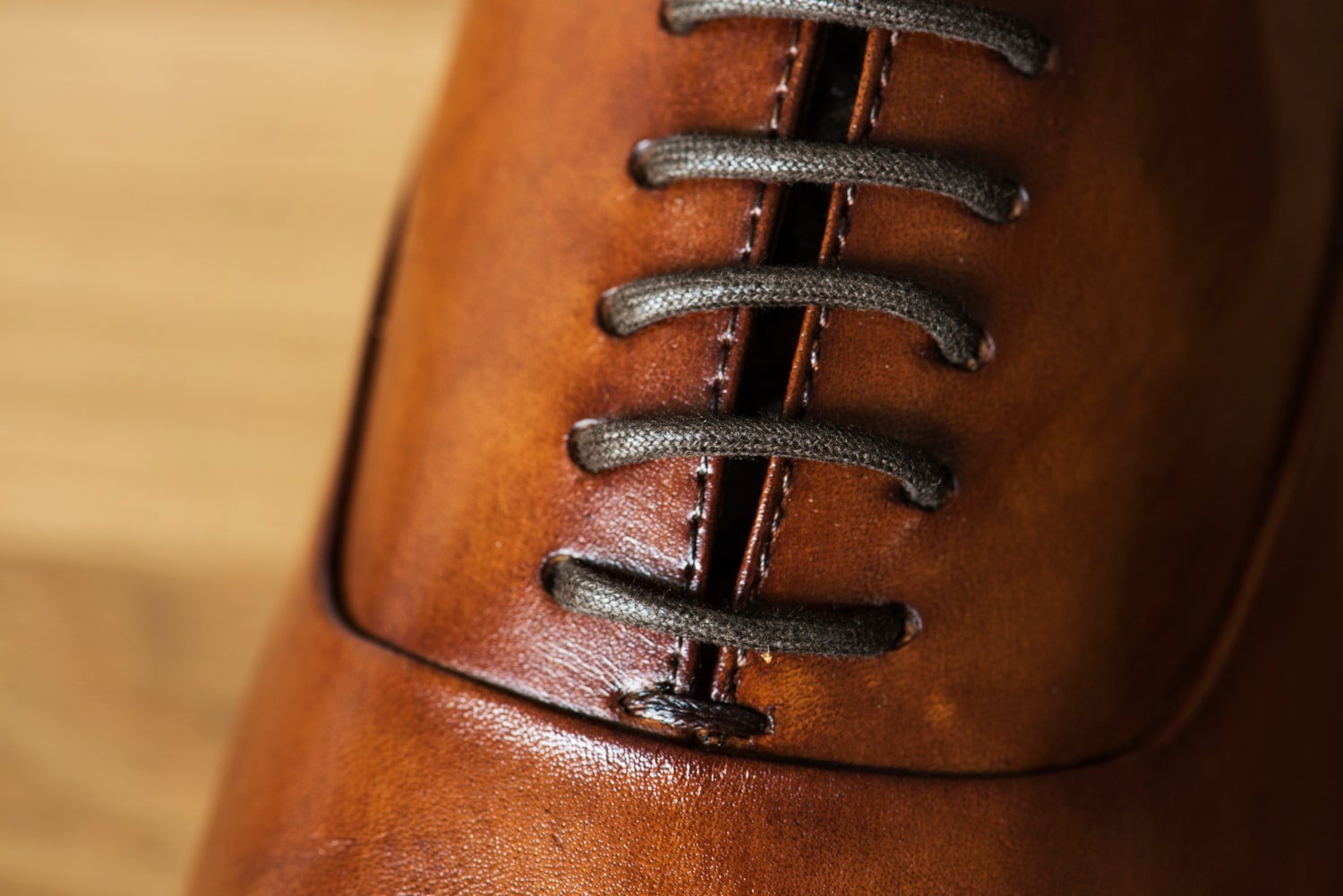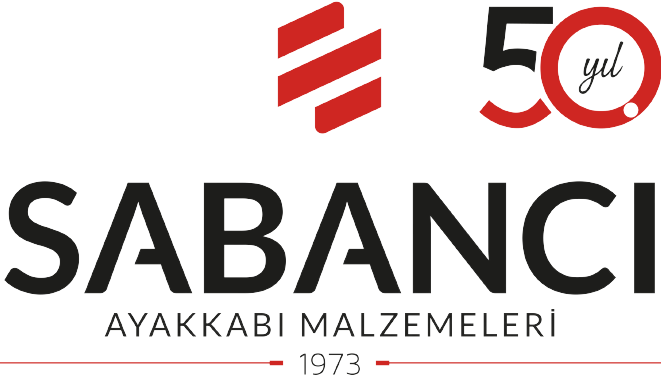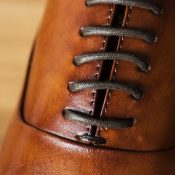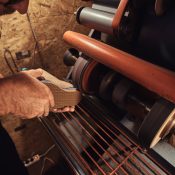
Shoes in Turkey
In Central Asia, the Turks were skilled in making clothing from leather and wool. Boots and sandals were the most common type of shoes. In addition to leather boots, felt boots were commonly made from wool. The monarchs wore red-colored boots. Boots were very convenient for horse riders. In order to meet the needs of the army, the ruling classes and the urban people during the Seljuk and Ottoman periods, the types of shoes increased and shoemaking developed a lot. Shoemakers, like other craftsmen, had an organization. The guild controlled the quality of the shoes produced. The word kavaf, used for shoe sellers, gradually included the makers. Kavaflar also took names such as bootmaker, Yemenici, nalıncı, slipper and shoemaker. In Ottoman society, shoes varied according to the social position and occupation of the wearers. Light shoes and slippers made of fabrics such as satin and velvet and embroidered with silver were worn in the house. It was also decorated with leather shoes and boots worn outside. Topkapi Palace Museum exhibits leather shoes and boots, which are delicately and skillfully processed.Shoes in the Ottoman period were named according to the material they were made from, their shape and the place where they were used. Başmak, cimcime, coula, boot, half boot, çedik, çedik shoe, edik, fotin, shoe cover, mest, calçin, shoelace, merkub, shoe, sandal, slipper, tomak, Yemeni were the main types of shoes. Generally, comfortable shoes made of soft leather with or without low heels were preferred. Some of the shoes worn outside consisted of two parts, such as mest-shoes. In order to protect it from rain and mud, shoes were worn on the mest, and then rubber. Mests, which were worn by slipping into rubber shoes called shoson or galoshes, were especially used by those who prayed in mosques. 16.-18. In the centuries, shoemaking was very developed in Istanbul, Edirne and Bursa. Until the end of the 19th century, shoe making in Turkey was completely handcrafted. A shoe making department was added to the leather factory in Beykoz in 1884. Beykoz Leather and Shoe Factory, which was transferred to Sümerbank in 1933, was an important place where machined production was carried out. Today, shoe production is mostly carried out by the private sector.
All Categories
Recent Post
muhammed ali arslan0 Comments
Advantages of Using Genuine Leather Shoes
muhammed ali arslan0 Comments
Shoes in Turkey
muhammed ali arslan0 Comments
How Are Genuine Leather Shoes Made?
Tags
0232 878 0624




